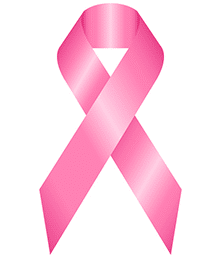Risk Factors
A complicated illness with several established risk factors, such as age, genetics, or family history, or modifiable, including food, physical activity, and alcohol consumption is breast cancer. Both personal preventative plans and more general public health campaigns depend on an awareness of these risk factors. Inherited mutations in the BRCA1 and BRCA2 genes rank among the most major non-modifiable risk factors, claims Fallowfield and Clark (1991). Genetic screening is a vital tool for early prevention in high-risk individuals since women bearing these mutations have a considerably higher lifetime chance of developing breast and ovarian cancers. Beyond inheritance, age is a major factor. Particularly following menopause, most breast cancer diagnosis fall on women beyond the age of 50 (McCarthy et al., 2021). Another consideration is breast tissue density; thick tissue not only raises a cancer risk but also makes cancers more difficult to see on mammograms. Indeed, some women were diagnosed with advanced-stage breast cancer despite having a negative mammogram within the past two years, according to
McCarthy and colleagues (2021), which begs concerns regarding the sensitivity of present screening techniques and the need of more advanced imaging technologies. Conversely, modifiable risk variables offer pragmatic chances for prevention. These cover obesity, sedentary behavior, smoking, alcohol use, hormone replacement treatment (HRT), and several reproductive actions like late pregnancies or never having children. A lower risk of breast cancer is associated with a healthy lifestyle comprising frequent physical exercise and a diet high in fruits, vegetables, and fiber. Dunbrack (2010) also advises one to take into account significant socioeconomic aspects. A woman's capacity to get timely screening and change her lifestyle usually rests on her income level, job status, and degree of education. Prevention plans should so be inclusive and tiered. Genetic counseling and consistent mammography and MRI screening are absolutely vital for high-risk groups. Campaigns for lifestyle adjustment and easily available healthcare checks can assist lower general population incidence rates. Healthcare systems should also solve differences in access and education so that underprivileged areas have the same chances for preventative care as more rich areas. Good public health programs have to concentrate not just on spotting and teaching at-risk people but also on addressing the institutional obstacles impeding early identification and intervention.
 Breast Cancer
Breast Cancer